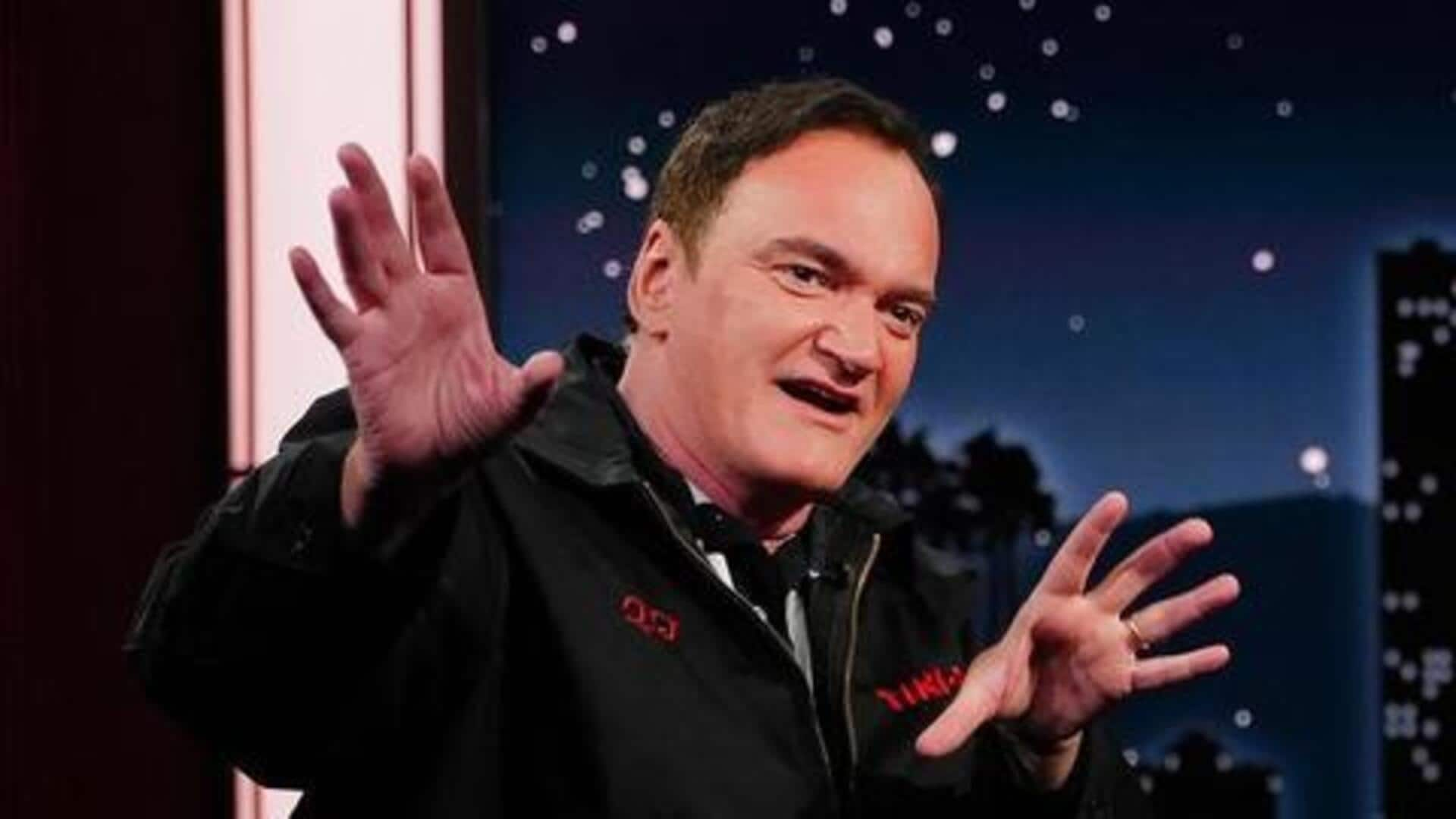
How Quentin Tarantino raised the bar for scriptwriting in Hollywood
What's the story
Quentin Tarantino has revolutionized Hollywood by bringing back dialogue-oriented cinema. The maverick's storytelling style is so illustrious that Tarantino's focus on conversations is what keeps audiences hooked and the stories moving. His movies have long dialogues that delve into characters and push the plot in the most unexpected direction. This has raised the bar in filmmaking, pushing filmmakers to focus more on scripting and character development through dialogue.
#1
'Pulp Fiction' and nonlinear storytelling
Pulp Fiction is a prime example of how Tarantino uses nonlinear storytelling to enhance dialogue-driven cinema. The film's structure allows for conversations to unfold in a non-traditional sequence, keeping viewers engaged while revealing character motivations gradually. This technique not only adds depth but also challenges audiences to piece together the narrative through dialogue.
#2
Character development through dialogue
Tarantino also has a knack for building characters through conversations rather than actions. In movies like Reservoir Dogs, the characters are fleshed out through their interaction, giving us an insight into their personalities and backgrounds. This way of developing characters makes the audience feel more involved in the story as they learn about characters in an organic way.
#3
Influence on modern filmmakers
Tarantino's focus on dialogue has encouraged many modern-day filmmakers to focus on writing and character interaction more than visual effects or action sequences. Directors today often focus on writing engaging dialogues that can carry a film without a heavy reliance on visual spectacle, resulting in a comeback of well-written scripts in Hollywood.
Tip 4
The art of subtext in conversations
Subtext has always been essential to Tarantino's dialogues. What is unsaid is equally important to what is spoken. By weaving in subtext into his conversations, he adds layers of meaning that invite you to read between the lines. This technique makes the viewing experience richer by asking the audience to participate actively with the narrative instead of engaging on a surface level.